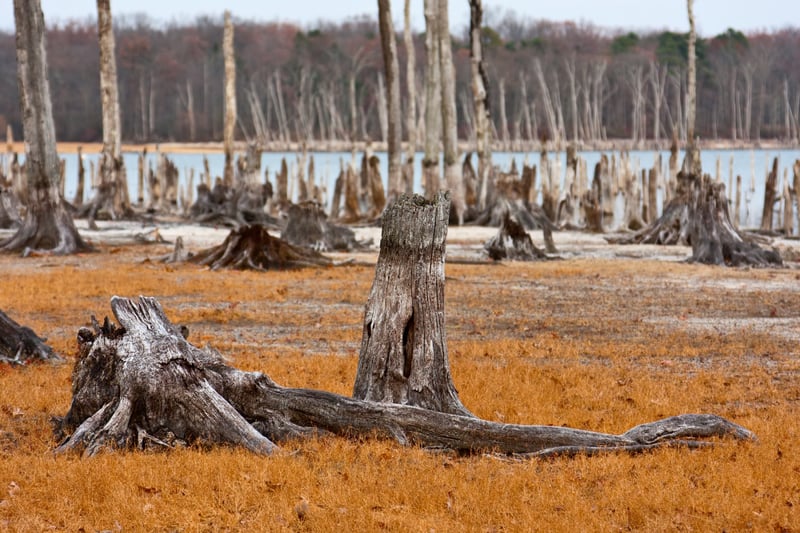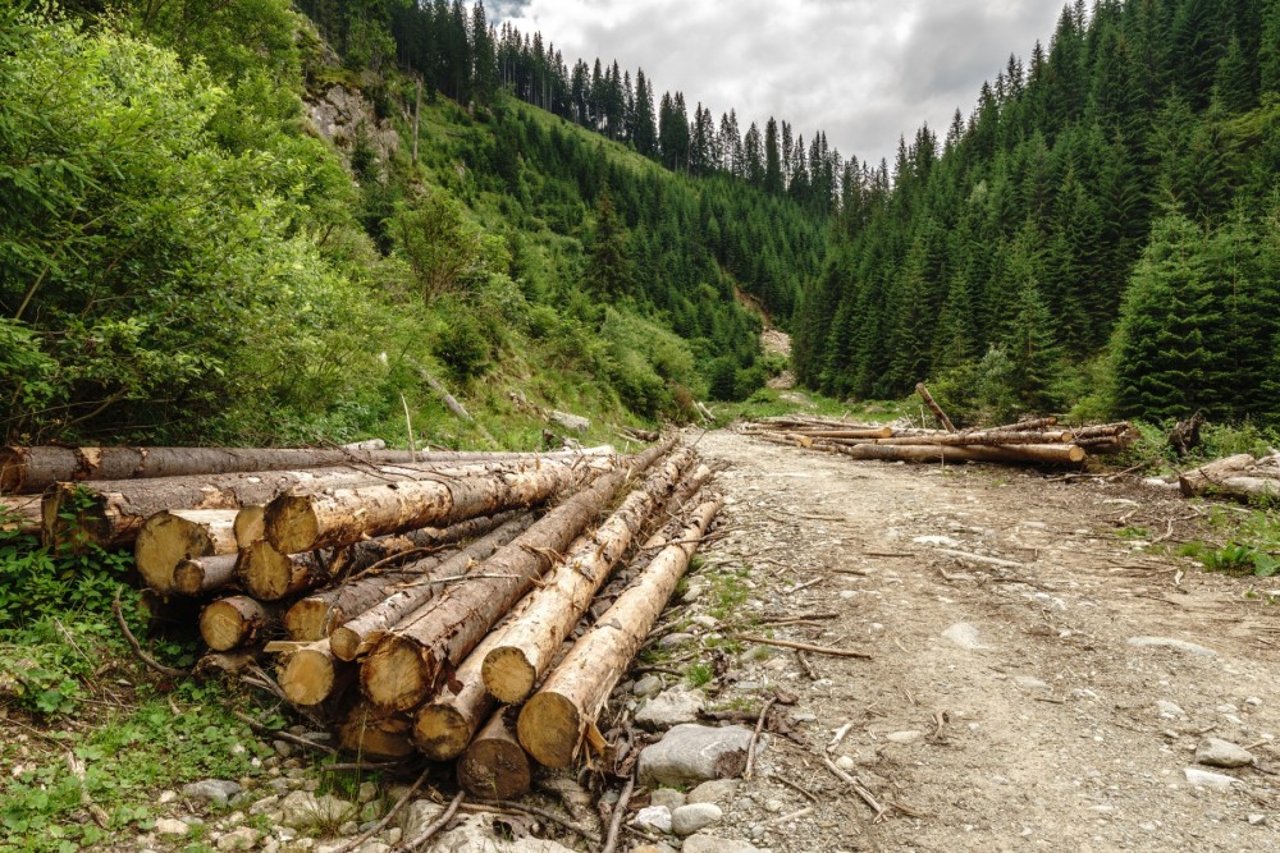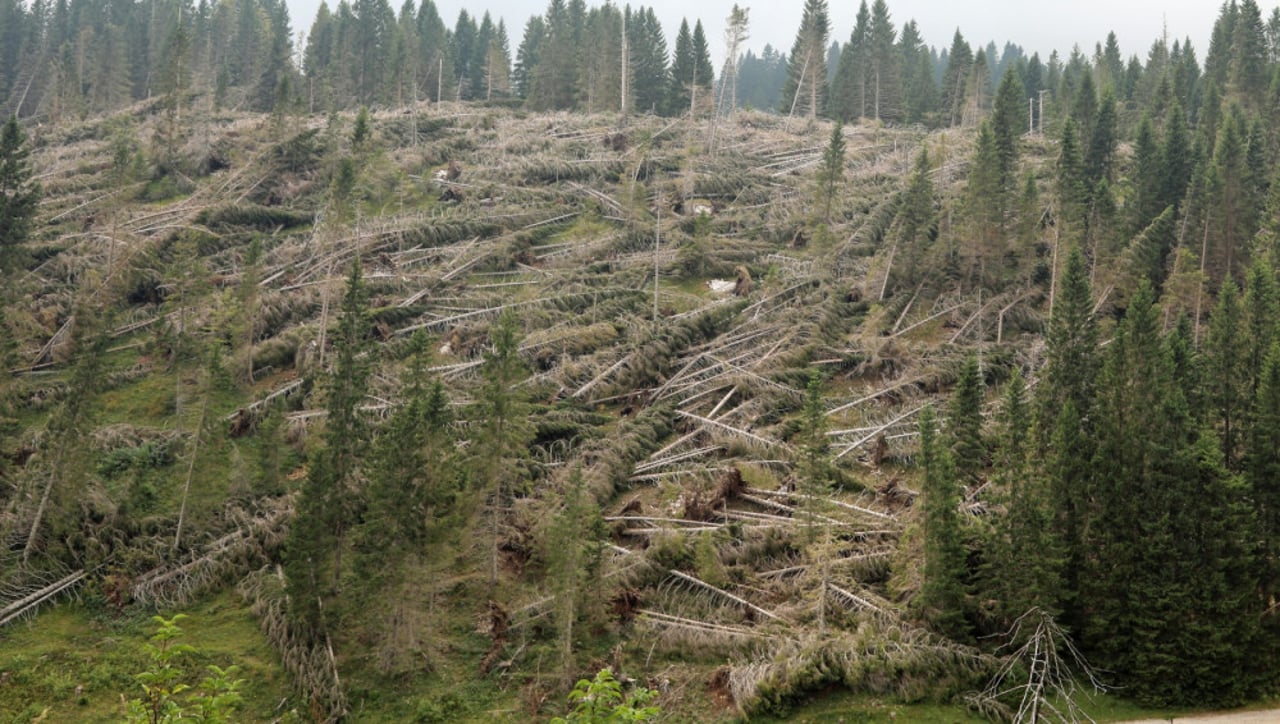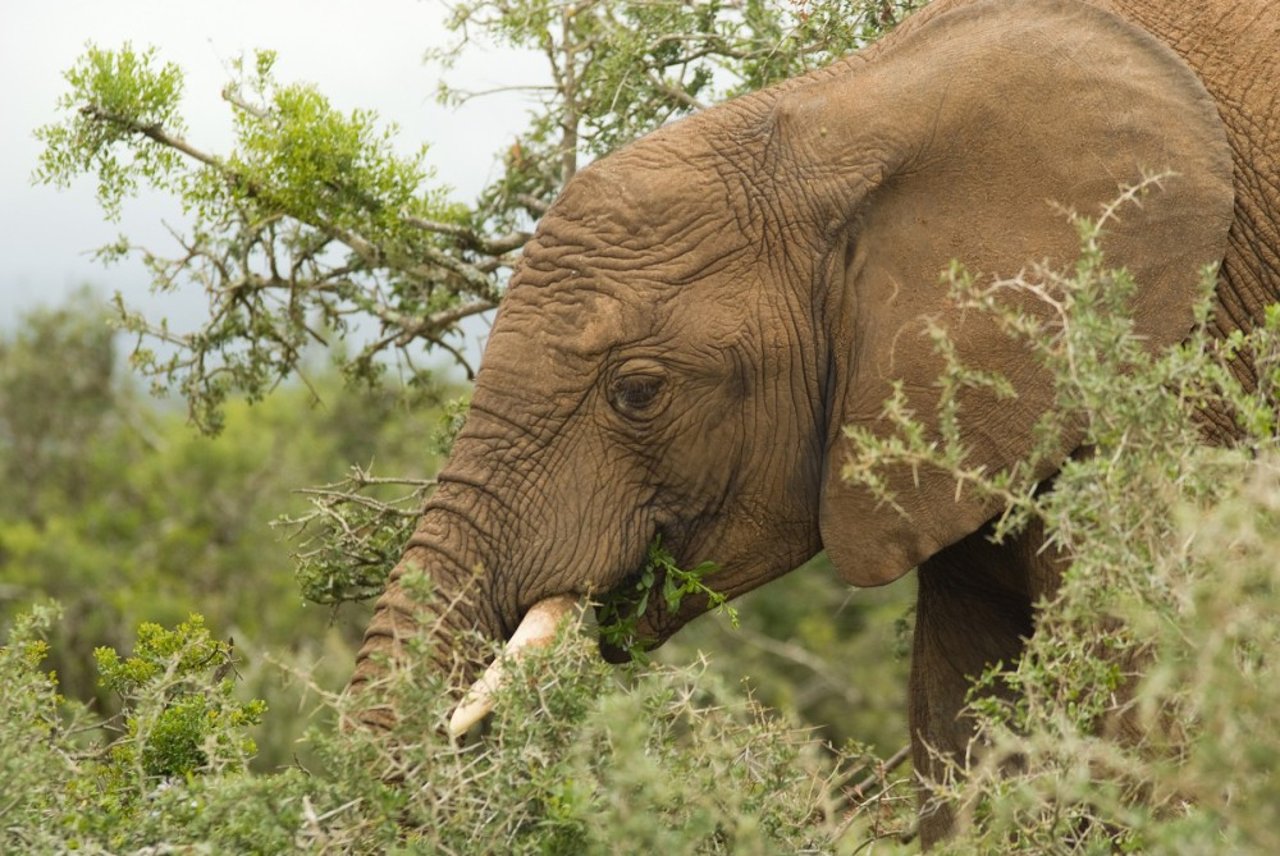
The result of rigorous deforestation and habitat loss of wild animals has been causing increased incidences where the lions, tigers, leopards have ventured into urban areas with reports of human wild animal conflicts.
India- one of the ten most forest-rich countries in the world
India is one of the ten most forest-rich countries in the world. Indian forests represent one of the 12 mega biodiverse regions of the world. India's the Western Ghats and Eastern Himalayas are amongst the 32 biodiversity hotspots on earth. Indian forest types include tropical evergreens, tropical deciduous, swamps, mangroves, sub-tropical, montane, scrub, sub-alpine, and alpine forests. These forests support a variety of ecosystems with diverse flora and fauna.
India is home to 12% of the world's recorded flora, some 47000 species of flowering and non-flowering plants. Over 59000 species of insects, 2500 species of fishes, 17000 species of angiosperms live in Indian forests. About 90000 animal species, representing over 7% of earth's recorded faunal species have been found in Indian forests. Over 4000 mammal species are found here. India has one of the richest varieties of bird species on earth, hosting about 12.5% of known species of birds. Many of these flora and fauna species are endemic to India. Indian forests and wetlands serve as a temporary home to many migrant birds.
The shrinking forest cover in the country
Unfortunately, today the development and fire are eating up India’s forest every year and shrinking the forest cover in the country. According to Niti Ayog, India has a 21.23% land under forest cover against recommended 33% recommended in the national forest policy[1]. At least 60% of districts in India are affected by forest fires every year, and the top 20 districts in terms of fire frequency are located mainly in the northeast, said a joint report by the Ministry of Environment and Forests and Climate Change (MoEFCC) and the World Bank. Nearly 275 million poor people in India (more than a fifth of the population), especially tribal communities, depend on forests for subsistence and livelihoods. Almost 50% of the food requirements of forest dwellers are provided by forests[2].
Forests lost due to encroachment
Over the last 30 years, forests nearly two-thirds the size of Haryana/Denmark have been lost to encroachments (15,000 sq km) and 23,716 industrial projects (14,000 sq km), and artificial forests cannot be replaced. Of the 15,000 sq km of forest lost to encroachment, the greatest loss was reported in Madhya Pradesh, followed by Assam and Karnataka. Of the 14,000 sq km of forests cleared over three decades, the largest area was given over to mining (4,947 sq km), followed by defence projects (1,549 sq km) and hydroelectric projects (1,351 sq km), according to data from the Compensatory Afforestation Fund Management and Planning Authority (CAMPA), run by the MoEFCC.[3] Many projects are allowed within forest land, and that is a process disruptive of both human and animal lives.
Human-animal conflict
The result of rigorous deforestation and habitat loss of wild animals has been causing increased incidences where the lions, tigers, leopards have ventured into urban areas with reports of human wild animal conflicts. There are several incidences on monkey menace in cities, herd of elephants rampaging the crops, fields and people settlements in search of food. In most of the recent urban flooding there has also been increased cases of snakes, crocodiles and reptiles entering houses and streets in search of safe shelter. These are manifestations of challenges in coexistence which needs to be proactively addressed by countries globally.
What is the direct cause of deforestation?
According to the United Nations Framework Convention on Climate Change (UNFCCC) secretariat, the overwhelming direct cause of deforestation is agriculture. Subsistence farming is responsible for 48% of deforestation; commercial agriculture is responsible for 32%; logging is responsible for 14%, and fuel wood removals make up 5%. Other causes of contemporary deforestation may include corruption of government institutions, the inequitable distribution of wealth and power, population growth and overpopulation, and urbanization. Another cause of deforestation is climate change, 23% of tree cover losses result from wildfires and the impacts of climate change[4].
Therefore, the question before us is “Can we ever restore the forests we’ve lost so far?”, this should prompt us to think and let us act responsibly as well as urge countries to take measures in keeping our planet alive.
Sources:



